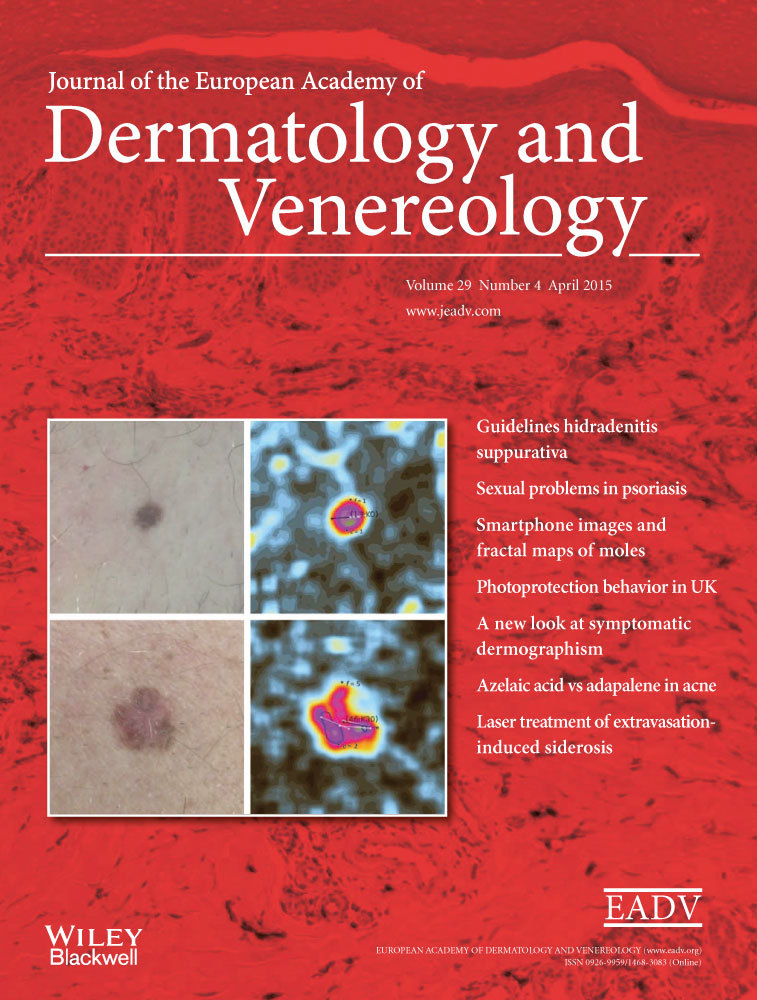Results of the validation study of the Psodisk instrument, and determination of the cut-off scores for varying degrees of impairment
Funding:
The PSODISK study was sponsored by AbbVie. The design and study conduct support for this study was provided by AbbVie.
Conflict of interest:
AbbVie participated in the interpretation of data, review and approval of the publication. FS and DL received fees for consultancies from AbbVie.
Abstract
Background
The Psodisk is a 10-item visual instrument, aimed at measuring the burden of psoriasis on patients.
Objectives
To validate the Psodisk in a large sample of patients with psoriasis, and to define categories for the interpretation of the scores.
Methods
Data were collected in 21 dermatological centres. The Psodisk was administered at baseline (t0), after 2 or 3 days (t1) and about 3 months (t2) after baseline, and data were used to assess validity and reliability of the instrument. The cut-off scores were determined using the perception of the severity of the disease by the patient as anchor point.
Results
The evaluable population consisted of 320 patients at baseline, with a mean Psodisk score of 36.9. The concurrent validity of the instrument was confirmed by the high correlation with Skindex-29 and DLQI. Factor analyses selected a single factor, which alone explained almost 60% of the variance. Cronbach's coefficient alpha was 0.927, suggesting a good reliability. Test–retest reliability was verified by a Pearson's correlation coefficient between the Psodisk scores at baseline and t1 of 0.924. Five categories of disease burden were defined: 1. minimal (<9); 2. mild (9–15); 3. moderate (16–30); 4. marked (31–50); 5. severe (>50).
Conclusion
The Psodisk showed good psychometric properties. The definition of the cut-off scores will be useful to evaluate the burden of psoriasis on patients.




